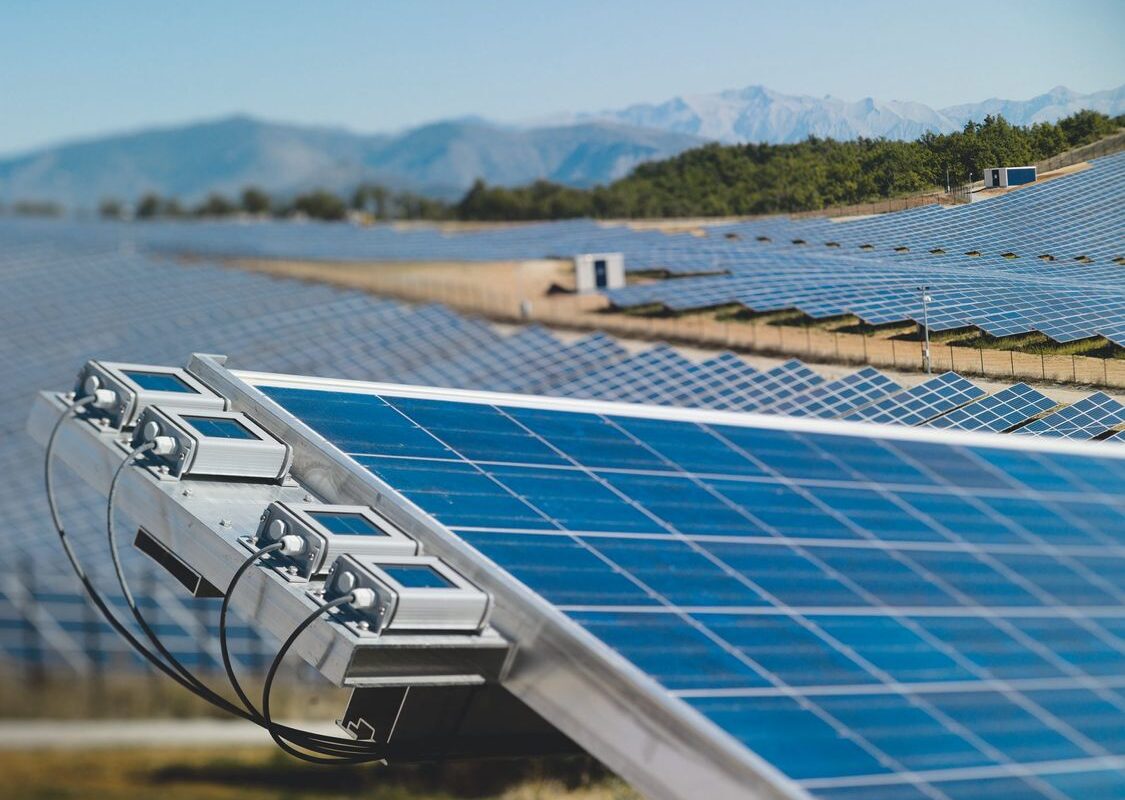The solar industry has seen massive growth and transformation over the past decade. One of the most significant developments has been the rise of the solar micro inverter. These tiny power conversion devices are enabling more efficient, reliable and flexible solar systems for homeowners. Let’s take a deeper look at solar micro inverters and their impact on the industry.
A solar micro inverter is a compact device that converts the direct current (DC) electricity generated by individual solar photovoltaic (PV) modules into alternating current (AC) power. Traditionally, large central or string inverters were used to perform this conversion for entire solar arrays. Micro inverters perform the same function, but at a much smaller scale – converting power for just one or two solar modules.
Advantages of Micro Inverters
By converting power on a module level rather than for the whole array, micro inverters provide a few key advantages over traditional central and string inverters:
Optimal Power Production – With micro inverters, individual modules can be monitored and controlled. If one module produces less power than others due to shading or other issues, it doesn’t drag down the whole system. All modules operate at maximum efficiency.
Enhanced Reliability – If a single micro inverter fails, it only impacts the associated 1-2 modules rather than the entire array. System downtime is minimized in case of equipment failure.
Compatibility with New Technology – Micro inverters are well-suited for new solar technologies like bifacial modules that have cells on the back side collecting reflected light. They optimize output from each module.
Simple System Design – With micro inverters integrated directly onto the racking beneath each module, the wiring is largely concealed and installation is quicker and easier compared to string inverters.
Growing Market Adoption
As the advantages of Solar Micro Inverter have become clear, their adoption rate has increased exponentially in recent years. According to industry analysts, shipments of micro and AC solar modules combined surpassed those of central and string inverters for the first time in 2019. Their compact size and simple installation process has made micro inverters particularly popular for residential solar systems.
Major manufacturers like Enphase Energy, SolarEdge and Altenergy have invested heavily in micro inverter R&D and production capacity. Home builders have also embraced micro inverter technology for new solar home construction. Some predict micro inverters could account for over half the inverter market within the next 5 years.
Beyond Residential – Opportunities in C&I and Utility-Scale Markets
While micro inverters first gained traction in the residential solar space, their capabilities are expanding into new areas. Several manufacturers now offer three-phase micro inverters suitable for commercial and industrial (C&I) solar applications up to around 100 kW. These micros can help reduce balance of system costs and complexity for larger on-site solar systems.
Some innovative companies are even exploring ways to implement micro inverter technology at utility-scale. By connecting many small inverters in a coordinated manner, the benefits of module-level monitoring and control could one day be realized for multi-megawatt solar farms. Ongoing research aims to develop robust and scalable micro inverter solutions for these large projects.
Challenges and Issues to Overcome
Of course, micro inverters also present some challenges compared to traditional central/string inverters. Their higher unit cost remains a hurdle, though mass production is driving prices down. Additional connectors and wires increase balance of system parts and labor.
Early micro inverter products also experienced some quality issues and resulting replacement needs. However, manufacturers have made great strides in product reliability through extensive testing and new control/communication capabilities. The latest micros demonstrate operational lifetimes to match or surpass central inverters.
As the technology matures, micro inverter optimization and integration continues to advance. Areas being explored include integrated AC modules, advanced thermal management, upgraded monitoring software and remote diagnostics/upgrades over wireless networks. With further cost reductions and performance enhancements, micro inverters will surely seize an even larger share of the inverter market in the coming years.
The rise of solar micro inverters represents a major step forward for distributed solar power generation. By unlocking greater efficiencies module-by-module, micro inverters are helping accelerate the clean energy transition. As manufacturers surmount challenges through ongoing innovation, micro inverter technology will continue proliferating into new applications. With their compelling advantages, micro inverters may one day become the standard unit of power conversion across all scales of photovoltaic deployment. The future of solar energy is becoming brighter thanks to these tiny but mighty devices.
*Note:
1. Source: Coherent Market Insights, Public sources, Desk research
2. We have leveraged AI tools to mine information and compile it




